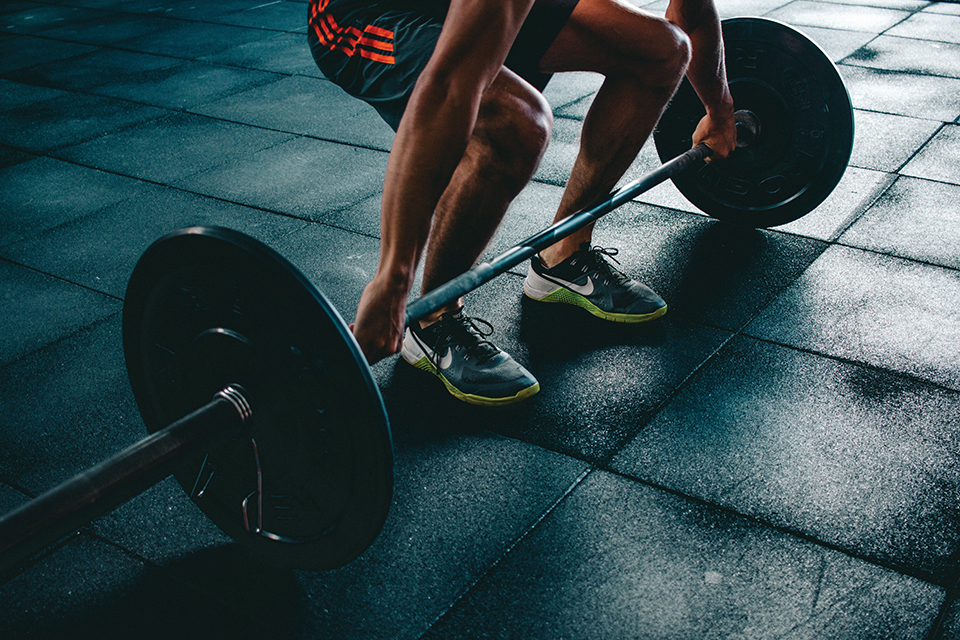Lifting for Life

Strength training, in general, is great for the body. It’s great for the bones and overall athleticism. Everything we do in life involves, at some point in time, having to lift things. It’s important to know how to move things around correctly.
The monotonous pounding of running alone does not carry well into older age. It will keep the cardiovascular system very healthy, as long as your diet is also healthy, but eventually, the body adapts and tightens.
Shoulders round, knees start to hurt, hips ache and joints get sore. Not because of running — there’s nothing wrong with running — it’s because you only ran. It’s important to run, but strength exercises that balance the body are equally crucial.
For endurance athletes like triathletes or marathon runners, it’s even more important to be strong and to give special attention to the parts of the body that are sometimes neglected.
Many times when training for an endurance race, the training is limited to the respective discipline, and that requires a lot of anterior involvement from the quads or core. The back and posterior chain are often forgotten, yet these are some of the most important parts of the body.
When it comes to endurance athletes, hypertrophy (building muscle bulk) is not the point of training. Strength training doesn’t automatically equate to bulking. Moving weight simply translates to strength in all muscle groups. If you train correctly, with correct weight, reps, and sets, strength will come without added size. When working with runners or cyclists, the goal is not to add size, but to give attention to complementary muscles — particularly the lower back all the way down to the calves. Glutes, hamstrings and lower back are many times overlooked in development.
Some triathletes can be very front-heavy (meaning they have well-developed, strong quadriceps) but when asked, their common complaints include lower back pain and even knee ailments. This means there’s a weakness somewhere. Everything in the front is so tight that hips begin tilting, or the quads are pulling so much without the accompanying hamstring that knees start to ache.
When these imbalances are corrected, athletes are able to perform better. Because at the end of the day, the person who is stronger overall is going to win.
Pre-Run Warm Up
Here are a few sample exercises for focusing on your posterior chain and core stability. This is also a great pre-run warm up.
.jpg)
Band Walks
Place the band around the ankles and point the toes in toward each other. The body should stay centered in a good athletic position, with a slight bend in the knees and the stomach tight. Take small, deliberate steps, keeping the knees over the ankles.
.jpg)
Straight Arm Kettlebell Good Morning
Remove the band and grasp the kettlebell with both hands. Stand with a slight bend in the knees, chest tall and the butt back. The weight stays midfoot to the heel. As you reach down, push the butt back until a nice stretch is felt in the hamstring. Go slowly on your way down, and then speed up to return to standing position.
.jpg)
Goblet Squat with Band
Bring the band up around the knee and set up in a squat position. Hold a kettlebell or dumbbell at the chest, and hold the elbows in nice and tight. Keeping the chest tall, go into the squat position, pushing the hips back and driving the knees out even with your toes as you sit into the squat.






